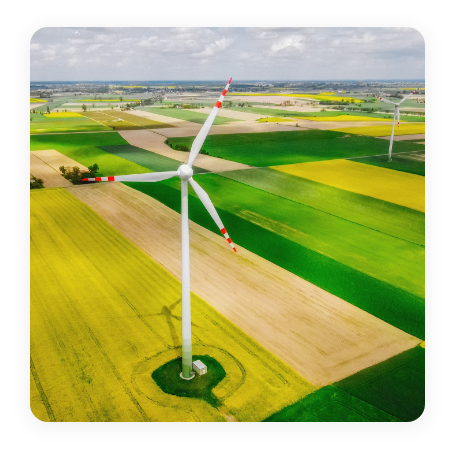ISO 9001:2026
Understanding the main changes and expectations of the organization: After almost a decade of using the ISO 9001:2015 standard, the most widespread quality management system in the world is about to receive a significant evolutionary change. See below what is changing in ISO 9001:2015 and what organizations should do.
Main changes in the ISO 9001:2026 standard:
- Integration of climate change – The 2026 revision formally integrates climate change as a factor in the context of the organization (point 4.1). This builds on the 2024 amendment, which requires organizations to consider the risks and opportunities associated with climate change as part of their strategic perspective, further strengthening environmental accountability within the QMS.
- Strengthened leadership and quality culture (point 5.1.1.) now clearly states: top management is not only responsible for the system, but must actively foster a culture of quality and ethical behavior. Management must set the tone, exemplify the expected behavior and ensure that quality and ethics are embedded in daily work.
- Alignment of the quality policy - The quality policy must be clearly linked to the context of the organization and its overall strategy - not as a separate document, but as an integral part of the business direction and set goals. The quality policy should be aligned with long-term business goals and clearly show what quality means for the future of the company.
- Management of risks and opportunities (item 6.1.) - has been reorganized for better visibility and is divided into clear sub-items (6.1.1 - 6.1.3). The goal of this change is to help organizations clearly distinguish between risk management and opportunity exploitation, with additional guidance on how to manage both aspects systematically.
- Expanded requirements for employee awareness (point 7.3.) – introduces a new expectation: employees must be familiar with the organization's quality culture and ethical standards. It's not enough to just follow procedures – employees need to understand and embrace behaviors that support quality and integrity in the workplace.
- Digitization and technology - although this area has not expanded significantly, ISO 9001:2015 recognizes the increasing importance of digital tools, data management and software validation. Organizations are expected to ensure the accuracy, cyber security and integrity of digital systems used for monitoring, measurement or other functions within a quality management system (QMS).
- Greater emphasis on sustainability and stakeholders – In addition to climate issues, there is an emphasis on aligning quality goals with environmental, social responsibility and corporate governance (ESG) expectations. Organizations are expected to consider sustainability in their context, risk assessment and communication with stakeholders.
- Improved guidance and alignment – Appendix A and introductory sections have been expanded with clear guidance, practical examples and alignment with other ISO management system standards. This will make it easier for organizations to implement or integrate ISO 9001 together with standards such as ISO 14001 or ISO 45001. What these changes mean for organizations Transition Timeline - Organizations certified to ISO 9001:2015 will have approximately three years after the publication of the new revision (expected in late 2026) to transition to the new version of the standard. Preparation – Not much new documentation is required, but organizations should reconsider:
- management engagement,
- initiatives related to quality culture,
- climate change planning,
- access to digital tools and data management.
The role of management - Top management should be an example to others - not only to support the quality management system (QMS), but also to actively shape the quality culture and ethical climate in the organization.
Employee Involvement – Employees at all levels should be made aware of quality values, expected behaviors and the organization's sustainability commitments. Integrating Risks and Opportunities – Clarified expectations around risks and opportunities will require a more detailed consideration of threats, trends and opportunities – not only for compliance, but also to build resilience and improve business performance. Stay informed – Expanded guidance and a harmonized terminology framework make it easier to implement, or require organizations to keep up with changes, best practices and transition resources.
In short:
ISO 9001:2026 is not a radical change, but a gradual clarification that modernizes quality management for the digital age, with a greater focus on ethics and sustainability. For organizations, the key is to be proactive: review existing systems, involve management and employees, and align new guidelines as part of a path to continuous improvement.




